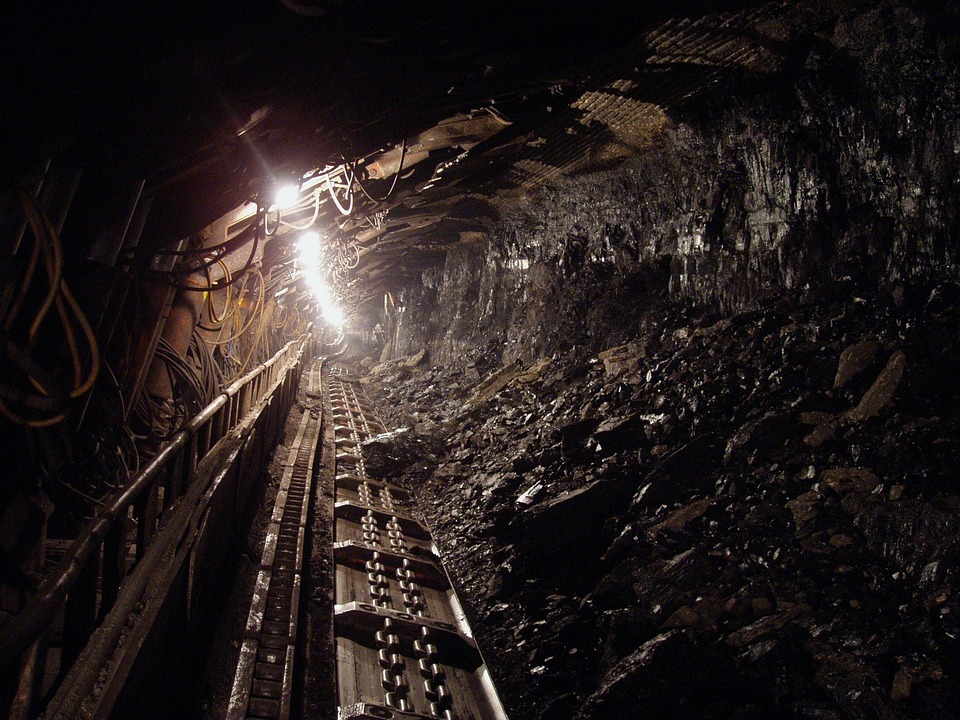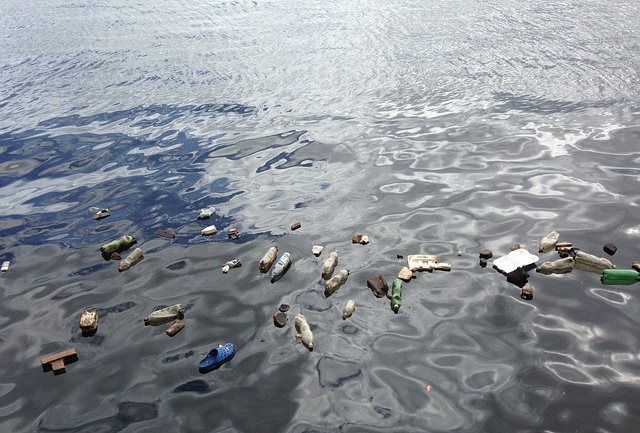By Matthew Taylor, Associate Researcher & Writer at Save The Water™ | May 3, 2021
A mine reaches the end of its life cycle when the supply of ore that is being extracted, such as copper or gold, is exhausted. Most of the rock that is mined becomes waste. The desired ore makes up only a small fraction of the rock. In Canada, for example, only 1% of what is mined when mining copper is valuable. The other 99% is waste.
When using the froth flotation method, for example, the mined rock is ground and treated with chemicals which separate the ore from the rock. The solution is then mixed with water so the valuable ore floats to the surface of the mixture. The slurry of unusable rock and wastewater is then sent to a tailings pond. Tailings ponds are highly toxic because of the chemicals used in the extraction process as well as the presence of toxic material such as heavy metals. When undergoing mine decommissioning, toxic materials must be dealt with.
Why a water treatment plan?
One of the most important parts of the mine decommissioning process is the water treatment plan. Companies cannot simply walk away from their responsibility to deal with toxic tailings ponds. They are legally obligated to bring the water back to a state of minimal toxicity. This state is determined by regulatory bodies. Sometimes a company does not adequately address the cleanup process. The public can use the following information to advocate for mine cleanup and water treatment.
An added complication is that not all mines are treated the same. A diamond mine, for example, has far different water treatment needs than a lithium mine. Although jurisdictions around the world have different requirements for water treatment, the following is a general plan for water treatment at any mine.
1. Know the mine
As previously mentioned, all mines are different. One gold mine, for example, may have significantly different tailings treatment requirements than another gold mine because of differing contaminants in the surrounding rock. To create an effective treatment plan, information such as what minerals were mined, the use of chemicals such as cyanide, and the volume of water to treat must be known. These factors can significantly affect how water will be treated at a decommissioned mine. Not all water treatment methods are suitable for all applications.
2. Know any limitations
Water treatment plans can vary significantly depending on any relevant limitations. If a mine is very remote, for example, it might not be very practical to actively treat the water. It might instead be better to install a passive treatment system like a limestone bed, for example. This system will reduce the water’s alkalinity and needs to be checked infrequently.
3. Know the regulatory requirements
For wastewater to be considered safe and up to regulatory standards, it is important to know the regulatory requirements of the jurisdiction where the mine is located. Some rules, for example, may require lower concentrations of toxic chemicals than others. Obviously, the cleaner the water, the better. The water being treated at a decommissioned mine must at least meet the requirements set out in the regulations. For example, the Alberta Tier 1 Soil and Groundwater Remediation Guidelines state that arsenic concentration in water can be a maximum of 0.005 mg/L.
4. Know the mine’s water treatment needs
Mining different minerals means that water treatment needs will be different at every mine. A number of tests to know the conditions of the water needing treatment will likely need to be done to come up with an effective treatment plan. The pH of the water must be changed if it is too acidic or too alkaline, or if toxic heavy metals like cadmium or lead from the water may need to be removed. One such removal process is membrane filtration. Iron-removing bacteria may also be used.
Bottom line
Even if the same mineral is being extracted, different mines have different water treatment requirements. Whoever is responsible for the water treatment plan must know as much as they can about the mine and its requirements. If they do, they can prevent dangerous consequences such as water leaching into the surrounding soil. Often, this information is available to the public and can be used by concerned citizens to advocate for mine cleanup or repurposing. The necessary information can include information about the mine itself, any limitations or constraints, any regulatory requirements, and what the water in a tailing pond consists of.
A company can fulfill its responsibility to treat wastewater and help to remediate a decommissioned mine site. The company’s actions making the water safer for people, animals, and the environment.




